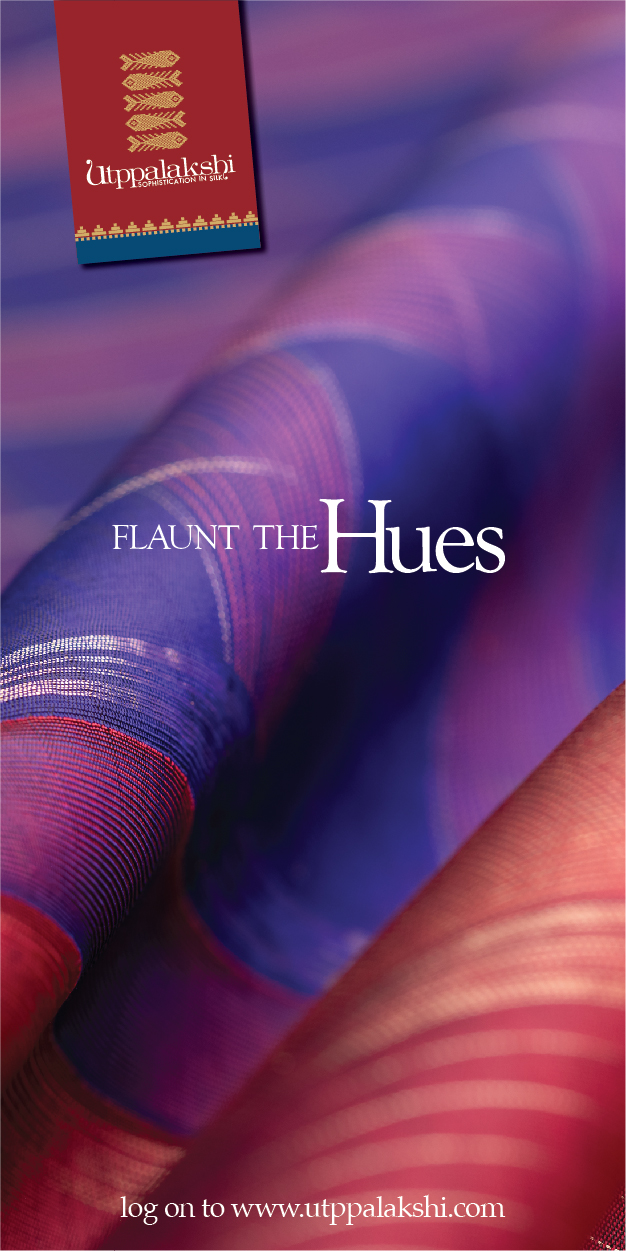The cerebellum is a region of the brain located at the back and bottom of the skull, just below the cerebral hemispheres. It is often referred to as the “little brain” due to its appearance and size relative to the larger cerebral cortex. While the cerebellum makes up only about 10% of the brain’s total volume, it contains an astonishing number of neurons (nerve cells) and is crucial for various motor and non-motor functions.
The cerebellum is responsible for:
- Motor Coordination: It coordinates voluntary muscle movements using sensory input to ensure precise and well-timed actions.
- Balance and Posture: It maintains balance and body posture by integrating information from the vestibular, visual, and proprioceptive systems.
- Motor Learning: The cerebellum aids in acquiring new motor skills through practice and refining motor patterns.
- Cognitive Functions: It may also play a role in non-motor tasks like attention, language processing, working memory, and decision-making.
Drawing kolam can enhance the functioning of the cerebellum, often referred to as the “little brain,” through several mechanisms:
- Motor Coordination: Drawing kolam involves precise hand movements and coordination, particularly when creating intricate designs and connecting dots. The repeated practice of these movements stimulates and reinforces the connections between the brain and the muscles involved, enhancing motor coordination.
- Fine Motor Skills: Kolam designs often require intricate and delicate movements of the fingers and wrists. Engaging in these fine motor actions strengthens the neural pathways that control fine motor skills, contributing to improved dexterity and control.
- Sensory-Motor Integration: The process of drawing kolam requires integrating sensory information from visual cues (the design to be drawn) with motor commands for executing the movements. This sensory-motor integration challenges and stimulates the cerebellum, which plays a significant role in coordinating such interactions.
- Proprioceptive Feedback: While drawing kolam, individuals receive proprioceptive feedback, which is information about body position and movement. This feedback helps the cerebellum to adjust and fine-tune motor commands, contributing to more accurate and coordinated movements.
- Bilateral Coordination: Many kolam designs involve symmetrical patterns that require using both hands simultaneously. Engaging in bilateral movements challenges the cerebellum to coordinate actions between both sides of the body, further strengthening its function.
- Motor Planning: Creating kolam designs involves planning and executing sequential motor actions. This process of motor planning engages the cerebellum and other motor-related brain regions, enhancing the brain’s ability to plan and execute complex movements.
- Cognitive Engagement: While the cerebellum is mainly known for its role in motor control, research suggests that it may also play a role in certain cognitive functions. The focus, attention, and concentration required during kolam drawing may engage cognitive processes and further stimulate cerebellar activity.
- Neuroplasticity: Drawing kolam regularly encourages repeated use of specific neural pathways involved in motor coordination. This repetitive stimulation can promote neuroplasticity, which refers to the brain’s ability to reorganize and form new connections, potentially enhancing cerebellar function over time.
Overall, drawing kolam involves a variety of motor and cognitive activities that engage the cerebellum, leading to enhanced motor coordination, fine motor skills, sensory-motor integration, and possibly other cognitive benefits. The brain’s plasticity allows it to adapt and improve its functions with consistent practice, making kolam drawing a potentially beneficial activity for enhancing the “little brain.”
Kolam in Tamil Nadu is muggulu in Andhra Pradesh and Telangana, rangoli in Maharashtra, hase and rangavali in Karnataka, alopana in Bengal, to name a few.
Life is beautiful if we choose for it to be. Let’s draw happiness!


